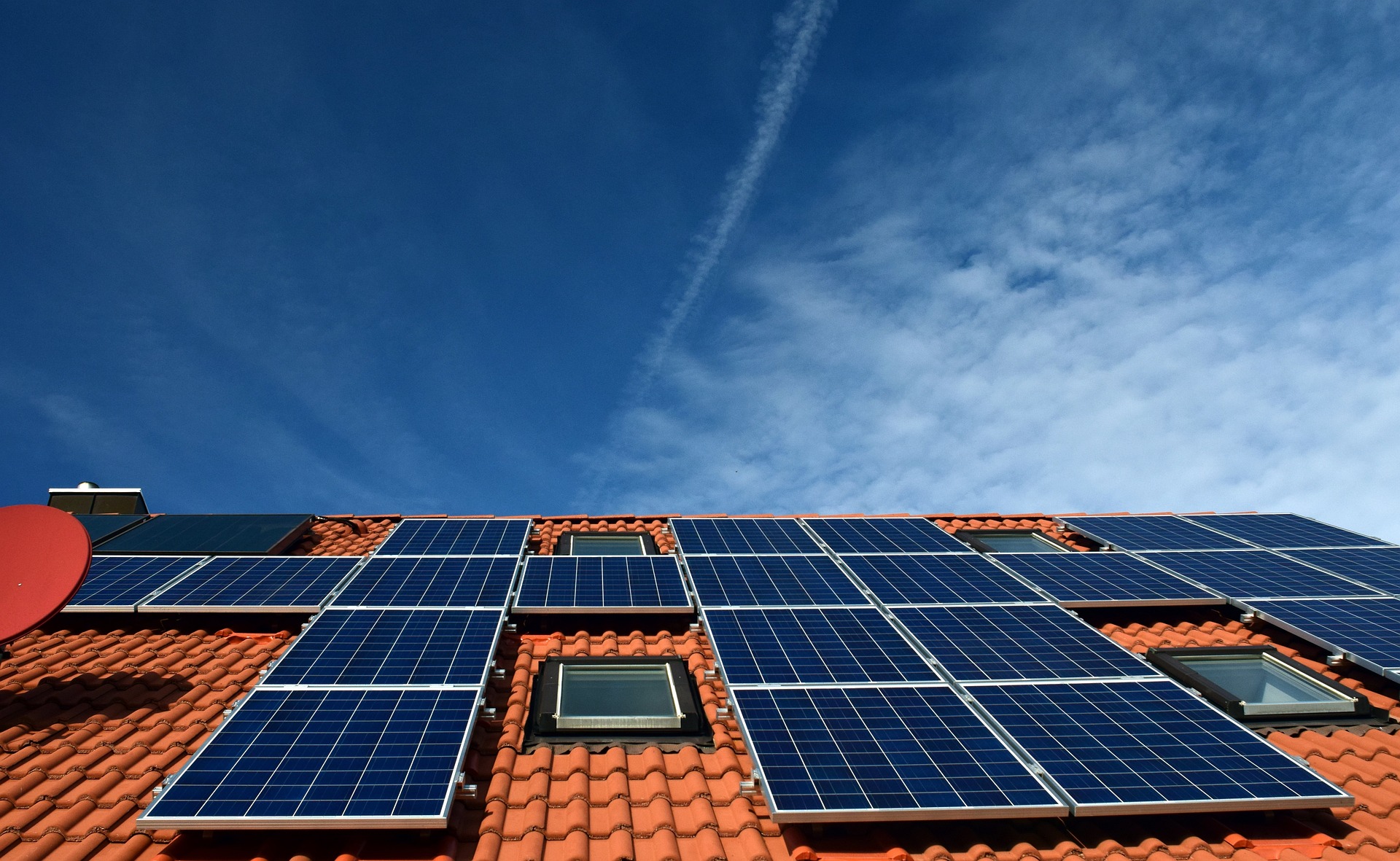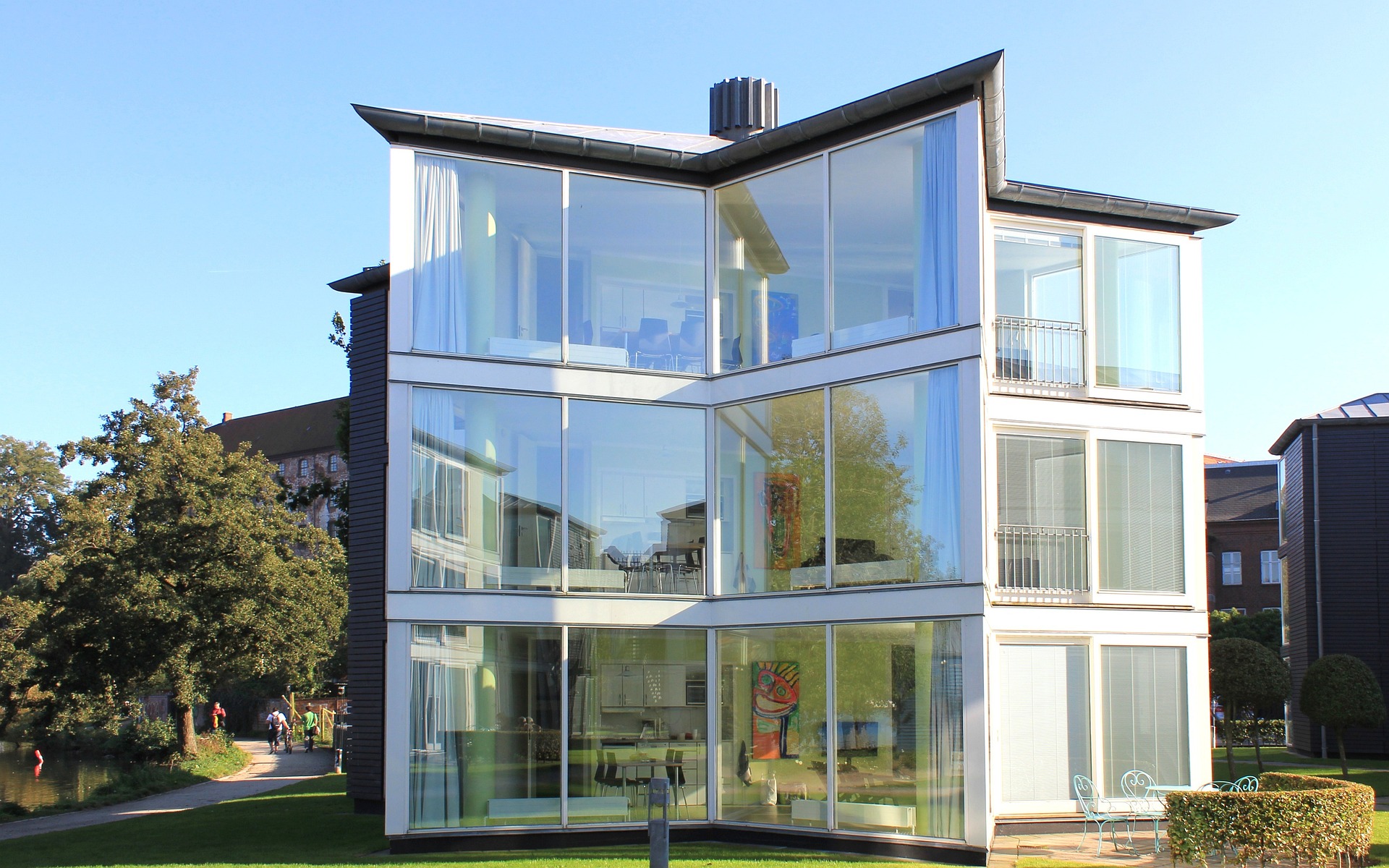Explore Solar Panel Solutions and Costs
Solar panel systems offer energy-saving opportunities for homes and businesses. This guide provides general information on installation quotes, types of systems, and available financial support options. Get an overview of what factors influence the cost and process.

What factors influence the cost of installing solar panels?
The cost of installing solar panels can vary widely depending on several factors. System size is a primary consideration, as larger systems generally cost more but provide greater energy output. The type and quality of solar panels chosen also impact the overall expense, with high-efficiency panels commanding higher prices. Roof condition and complexity play a role, as difficult installations may require additional labor and materials. Your geographical location affects both the system’s efficiency and installation costs due to varying sunlight exposure and local labor rates. Additionally, the need for extra equipment like batteries for energy storage can increase the total investment.
What are the different types of solar power systems available?
Solar power systems come in various configurations to suit different needs. Grid-tied systems are the most common, allowing users to draw power from the grid when needed and sell excess energy back to utility companies. Off-grid systems, ideal for remote locations, operate independently and require battery storage. Hybrid systems combine features of both, offering grid connection with battery backup for enhanced energy independence. Commercial installations often utilize larger-scale systems, potentially including ground-mounted arrays or carport structures. Each type has its advantages, and the best choice depends on your specific energy goals and property characteristics.
How does the solar panel installation process work?
The solar panel installation process typically begins with a site assessment to determine your property’s solar potential. A professional installer will evaluate your roof’s condition, orientation, and shading to design an optimal system. After obtaining necessary permits, the installation team will mount the panels, connect the inverter, and set up monitoring systems. The entire process, from initial consultation to final inspection, can take several weeks to a few months, depending on local regulations and the complexity of the installation.
What financial incentives are available for solar panel installations?
Various financial incentives can significantly reduce the cost of solar panel installations. The federal solar investment tax credit (ITC) allows homeowners and businesses to deduct a percentage of their solar costs from their taxes. Many states offer additional tax credits, rebates, or performance-based incentives. Some utility companies provide solar-specific rebates or implement net metering programs, allowing customers to earn credits for excess energy production. Solar renewable energy certificates (SRECs) are another potential revenue stream in certain states. It’s crucial to research local and state-specific programs, as incentives can vary widely by location and may change over time.
What are some unique considerations for solar panel systems in different regions?
Solar panel system efficiency and design considerations can vary significantly across regions. In areas with high snowfall, panels may need steeper angles to shed snow effectively. Coastal regions might require corrosion-resistant components to withstand salt air. Hot, arid climates benefit from heat-resistant panels and may see increased efficiency due to abundant sunlight. Urban environments might face shading issues from neighboring buildings, necessitating careful panel placement or the use of microinverters. Some regions prone to severe weather events may require additional structural reinforcements for panel installations.
How do solar panel costs and options compare across providers?
When exploring solar panel solutions, it’s essential to compare offerings from different providers. Here’s a general comparison of solar panel options and estimated costs:
| Provider | System Type | Panel Efficiency | Estimated Cost (Before Incentives) |
|---|---|---|---|
| SunPower | Monocrystalline | 22.8% | $18,000 - $30,000 |
| LG Solar | Monocrystalline | 21.7% | $16,000 - $25,000 |
| Canadian Solar | Polycrystalline | 17.9% | $14,000 - $20,000 |
| Tesla | Solar Roof | 21.3% | $40,000 - $70,000 |
| Panasonic | Monocrystalline | 21.2% | $15,000 - $25,000 |
Prices, rates, or cost estimates mentioned in this article are based on the latest available information but may change over time. Independent research is advised before making financial decisions.
The solar panel market offers a range of options to suit various budgets and energy needs. High-efficiency panels from premium brands like SunPower and LG Solar typically come with higher upfront costs but may provide better long-term value through increased energy production. Mid-range options from companies like Canadian Solar offer a balance between cost and efficiency. Innovative solutions like Tesla’s Solar Roof integrate solar cells directly into roofing tiles, offering a seamless aesthetic at a premium price point.
In conclusion, exploring solar panel solutions involves carefully considering system types, installation factors, and available incentives. By understanding these key aspects and comparing options from reputable providers, you can make an informed decision about adopting solar energy for your home or business. As technology advances and incentives evolve, solar power continues to become an increasingly attractive and accessible option for sustainable energy production.




